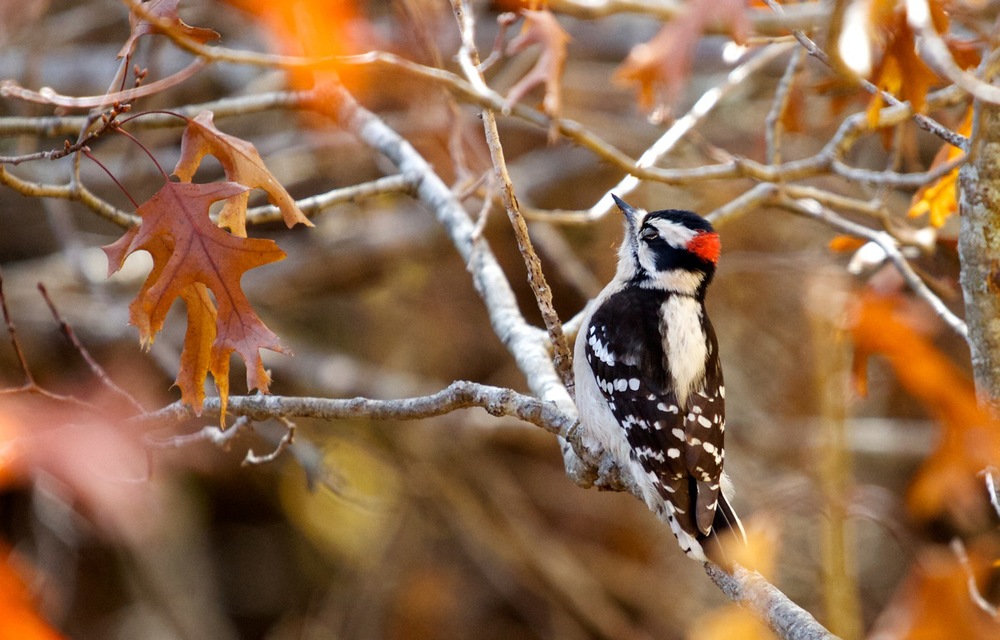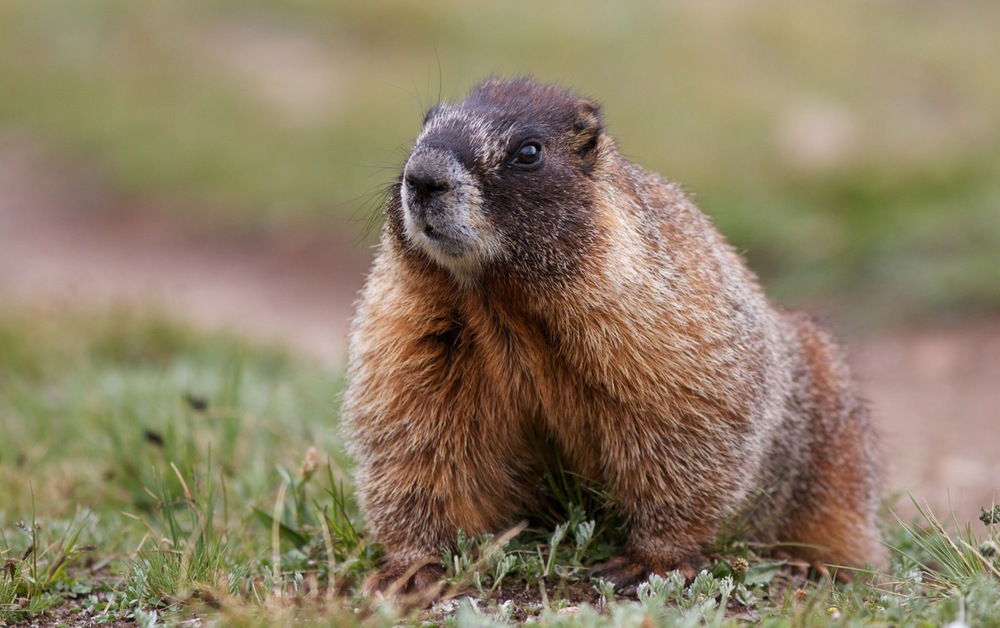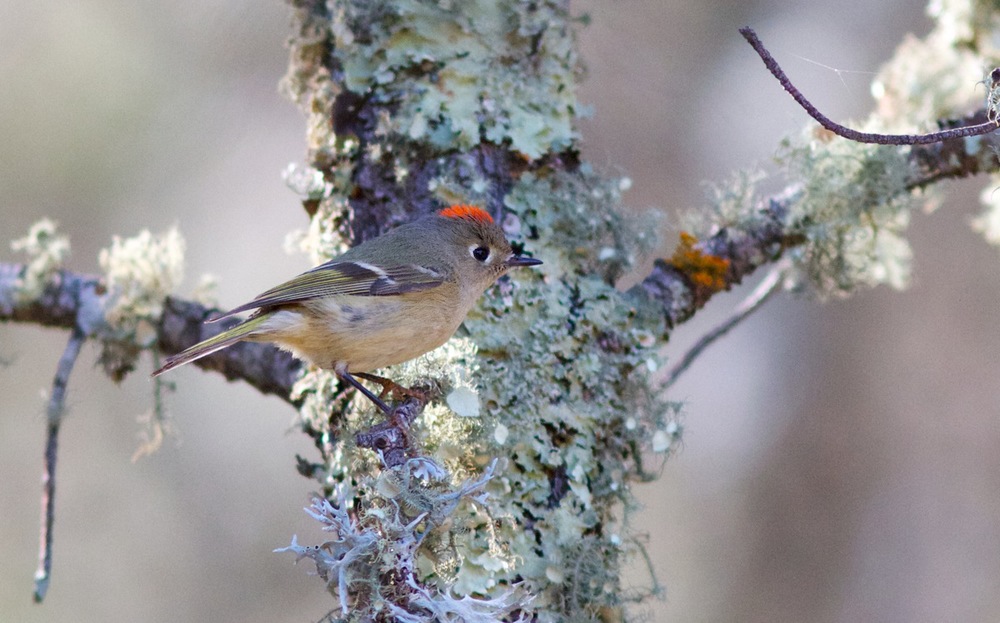
I originally got into photography when I started camping. Visiting great state parks in Texas and venturing out into Canada, Colorado, and New Mexico was the perfect motivation to pick up a camera. But as I continued getting more into photography I became more and more interested in shooting sports. Like camping, I was very interested in sports and absolutely loved getting to shoot all kinds of events. I still love shooting sports, but it's not a regular part of my life, nor is it something that's very accessible. The wilderness, however, is very accessible to those who want to venture out, so I turned my photographic attention back towards the outdoors.
Shooting wildlife was really an accident for me. I went on a trip this summer to Colorado and decided to take my brand new Canon 300mm F4/L. I wasn't planning on doing a lot of wildlife photography, but I did want to experiment with the lens a bit. I knew it was good for flowers and compressed landscape scenes, and that it was very light (for a 300), so I brought it along.

Along a few hikes I happened to run across some great wildlife. I saw several marmots and other small critters, and a few gorgeous birds. I hadn't planned to focus on wildlife but quickly that became my photographic focus on the trip. Much of the credit to that goes to the 300 F4/L (which I originally bought for sports). The lens is perfect for wildlife, by being both light enough to hand hold yet sharp enough to create stunning images of close up animals isolated with a gorgeous background blur. Just seeing a few of the images on the LCD was enough to get me hooked.
But there were a few other reasons why shooting wildlife was so appealing. For one thing, it's a lot like shooting sports. A large part of shooting sports is anticipation and fast reflexes. You have to understand the game and be able to predict what's going to happen, and then act instinctively by focusing on the right spot and quickly releasing the shutter. It's the same thing with shooting wildlife except that it's even harder to predict what animals are going to do, especially birds. There's no white lines that animals have to stay within, or goal to reach.
There's so much opportunity to experiment when photographing wildlife. You can try shooting at different angles to get different perspectives, or framing the scene differently to use a different background. You can get down low and shoot from ground-level for smaller animals, to see what things look like from their perspective, or hike up higher and shoot down on birds, to see what things look like from above. Like many types of photography, the background is very important when shooting wildlife. A lot of times an interesting background will really make a photograph more than an empty sky will.

Shooting wildlife is also the same kind of drug as shooting sports. Part of what makes shooting sports so addictive is waiting for the perfect shot. Photographers will often wait an entire game, or even an entire season, for that perfect shot of an outfielder diving to catch a ball, or a receiver diving across the goal line with the football. Capturing those images is rare but it's something everyone wants to do. Likewise, looking for that bird that you can hear in the trees and trying to catch an in-focus image of it in flight is just as addicting. But even without that goal, just being out in nature and enjoying the scenery is enough motivation to make wildlife photograph an outstanding pastime. The same way just watching a game makes shooting sports that much more enjoyable.
If you're interested in taking up wildlife photography, then treat it like any other hobby. Just start doing it. Like sports photography, wildlife is also fairly gear intensive, but before you invest thousands in equipment make sure it's something you enjoy doing. You can easily get by with any DSLR and a medium-long range zoom lens. Go out in the back yard and take some photos, then go out for a hike at a state park and take some more. You'll see birds, deer, squirrels, rabbits, etc. If you're up north maybe you'll see some elk, or even a bear. Remember to respect whatever wildlife you do see though. When you're in the wild you're in their home. Don't feed animals or do anything to antagonize them. Just watch, take pictures, and enjoy the experience of observing nature.